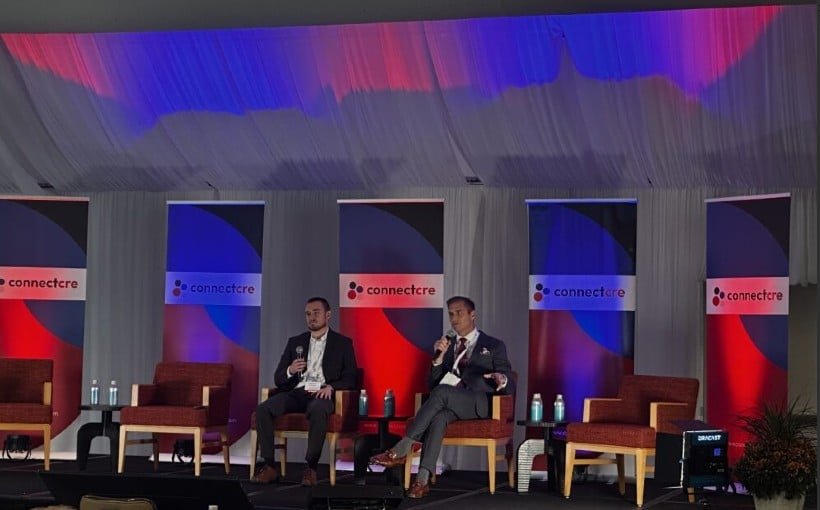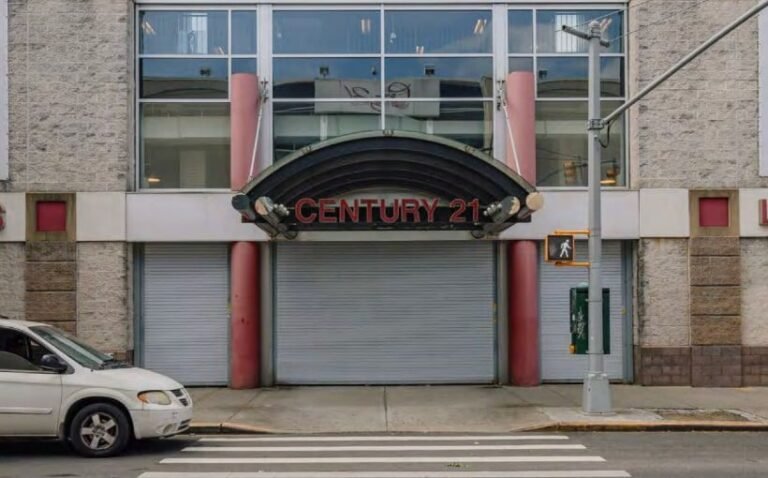

Private investors currently represent “the lion’s share of buying activity” in healthcare real estate, although hospitals and health systems have become more active buyers this year, Revista research analyst Stephen Lindsey told the audience at the recent Connect Healthcare Real Estate 2025 in-person conference in Irvine.
“That’s not necessarily because providers are selling at that much higher a dollar volume, but more because the lack of activity in the sector is making the providers’ relative share a little higher,” he added. Collin Hart, CEO and managing director of ERE Healthcare Real Estate Advisors, concurred, noting, “the deals have been consistent, but it looks inflated on the provider/seller side because deal volume overall has been smaller.”
Lindsey and Hart presented the Oct. 14-15 conference’s “Industry Overview: National Healthcare Real Estate Trends by the Numbers Presented by Revista” discussion, with Hart providing data and Hart offering anecdotal commentary. The discussion also focused on occupancy levels, cap rates and construction activity.
Current occupancies are being bolstered by a tapering off of new deliveries in the post-pandemic years. “In 2022 and 2023, we saw a lot fewer deliveries compared to how much was being absorbed,” said Lindsey. “And that was mainly because during the height of the pandemic , construction was getting stalled.”
With fewer deliveries in ’22 and ’23, “we saw occupancies really start taking off and going higher,” continued Lindsey. Looking back over 2024 and year-to-date in 2025, “it’s been a good balance in terms of the new space being about on par with what’s been absorbed. And so we see occupancy still climbing slightly, but relatively flat.”
The post CRE Healthcare Trends: Steady Absorption, Muted Investment Activity appeared first on Connect CRE.


